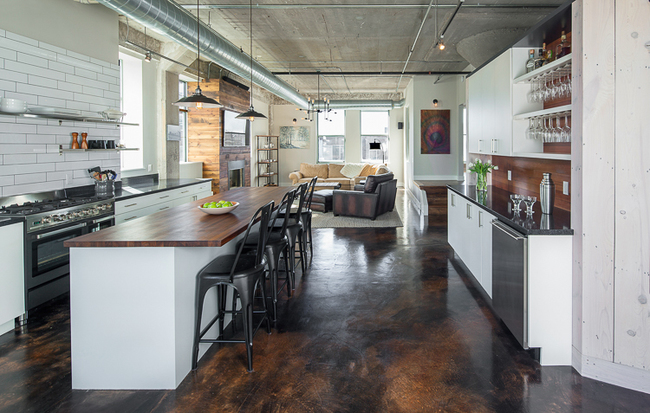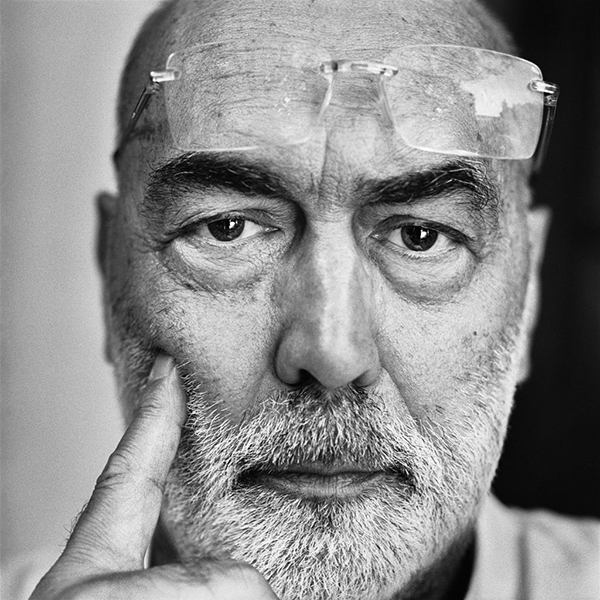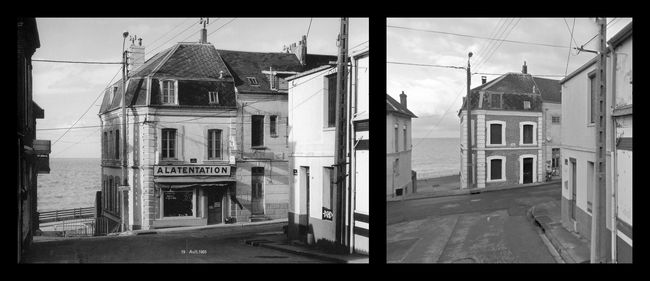Architectural Photography: Christ Church Lutheran
@Behance recently featured my “4x5: Christ Church Lutheran - Color” portfolio in its Architectural Gallery (my 22nd portfolio feature).
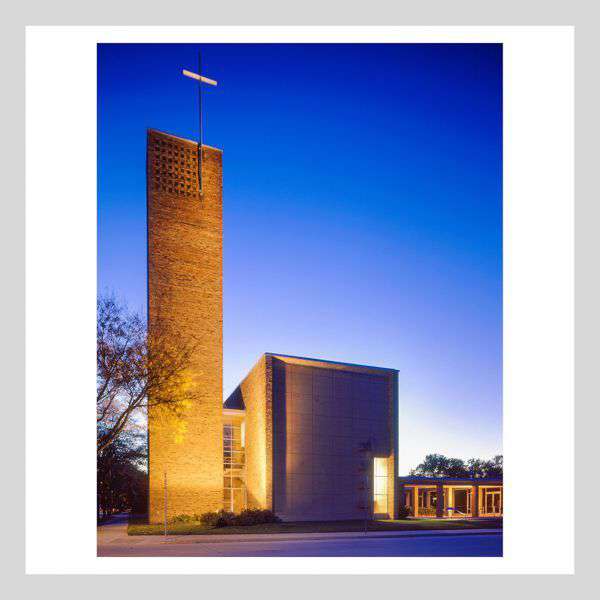
For the past 40 years I have maintained an interest in this remarkable architecture, and five years ago, I served for a term on the Board of the Friends of Christ Church Lutheran. This church is a mid-century modern jewel, designed by Finnish architect, Eliel Saarinen. The Minneapolis firm of Hills, Gilbertson, Hayes, served as the local, associated architect.
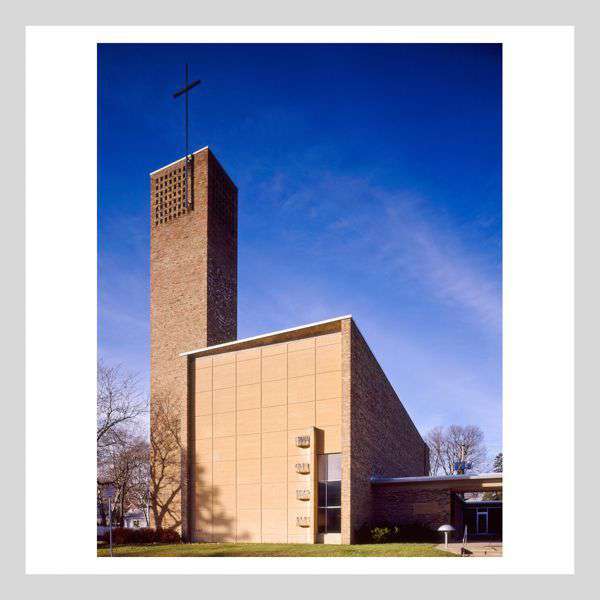
The church, completed in 1951, is located in a quiet, residential neighborhood in South Minneapolis. Thanks to the continuous care and stewardship of its Lutheran church leaders and parishioners, it remains largely unmodified and true to Saarinen’s design at sixty-six years of age. Though in my opinion a well kept local secret, this structure enjoys National Landmark status, and is listed on...
